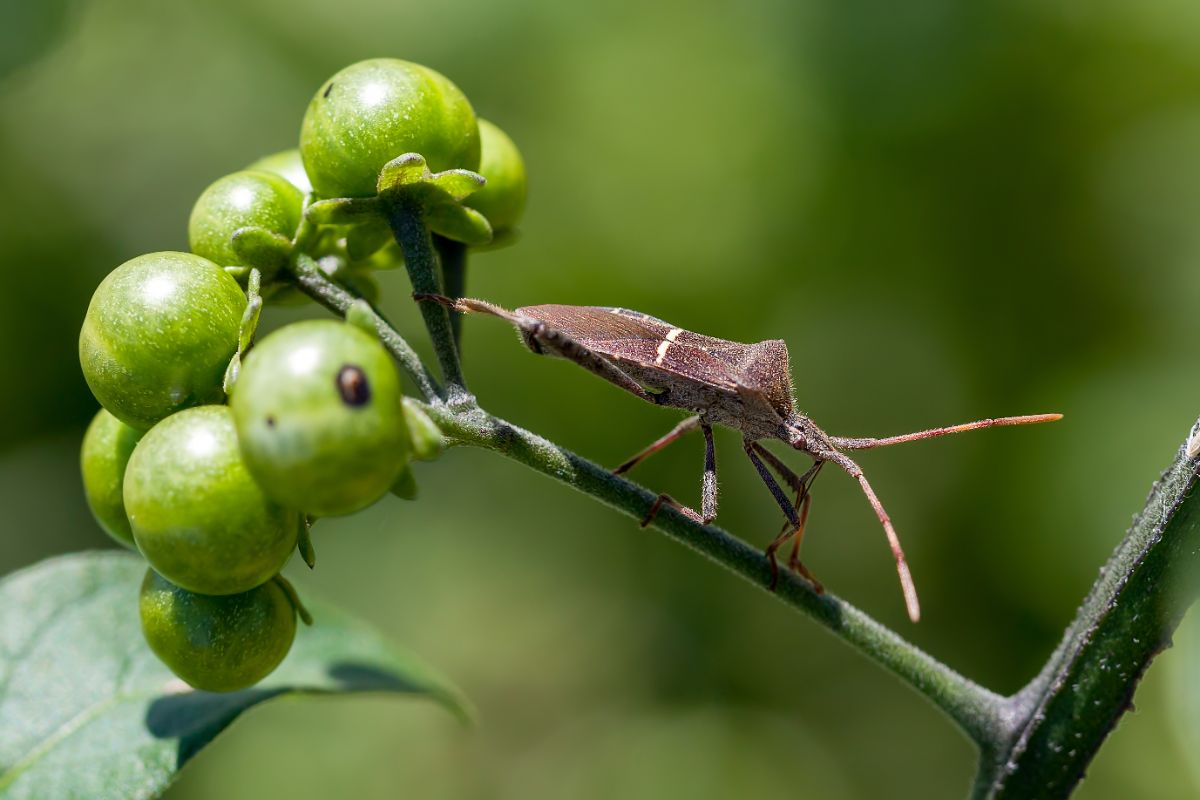
If you’ve done any bit of gardening in recent years, you know that assassin bugs are the wonder-bugs of the outdoors and excel at natural pest control. So, when you see some assassin bugs taking up residence in your garden, you’re likely to get a bit excited – help has arrived, after all! But hold that thought for a minute.
While assassin bugs are, without a doubt, beneficial insects, they bear a close resemblance to a common garden foe: leaf-footed bugs.
More than one gardener has mistaken a leaf-footed bug for their helpful cousins only to find their crops devastated by leaf-footed bugs’ sap-sucking habits. For that reason, if you want to keep your garden safe, it's wise to learn how to differentiate these two species.
Alternatively, you may know that you have a leaf-footed bug invasion, but you’re looking for advice on how to rid your garden of them once and for all.
Whatever it is, we’ve got you. This article will cover how to differentiate leaf-footed bugs from helpful assassin bugs and easy ways you can treat current infestations and prevent future ones.
Jump to:
What are leaf-footed bugs?
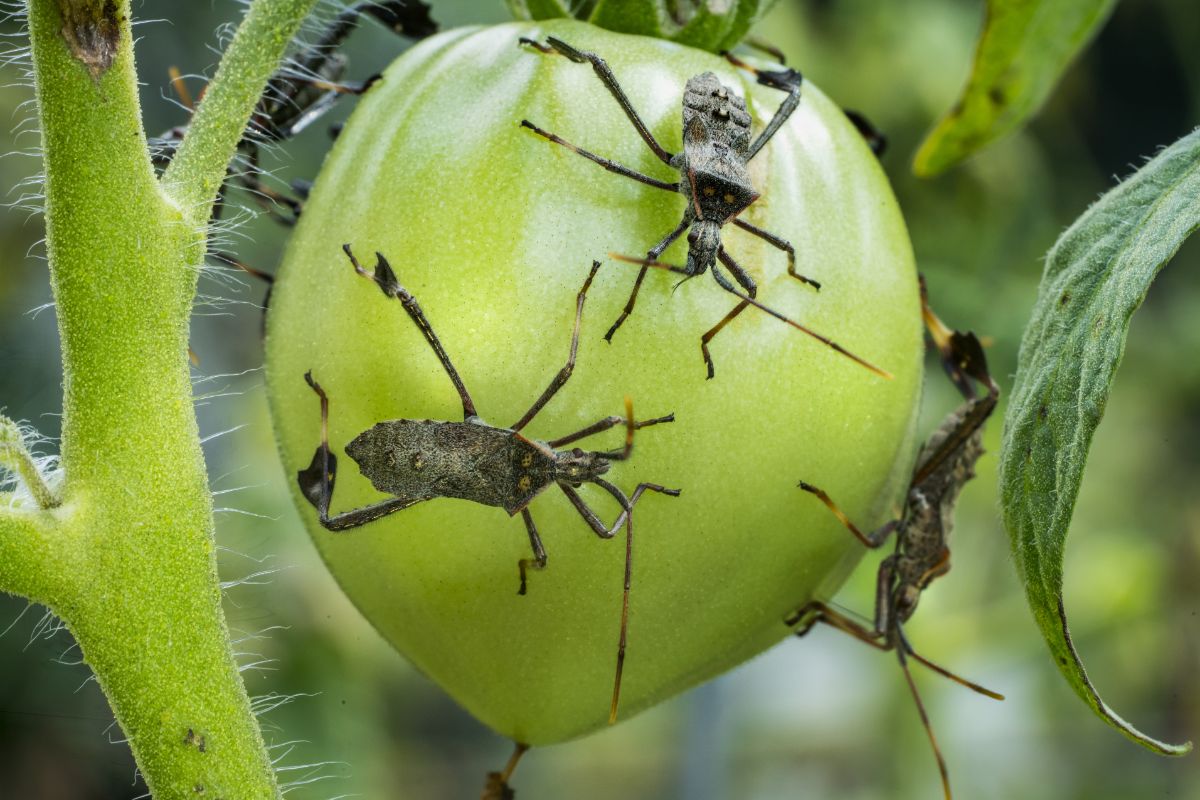
Leaf-footed bugs are members of the Coreidae family, which also includes squash bugs, another destructive garden species.
Adult leaf-footed bugs overwinter in old garden debris, leaf piles and wood piles and emerge in late spring when temperatures begin to warm. Seeking out food and shelter, adults will then travel to host plants to feed and to lay their eggs. Usually brown or copper-colored (less commonly cream-colored), eggs are often laid on the underside of plant leaves in careful rows. A single female can lay up to 200 eggs in a season.
After about a week, leaf-footed nymphs will hatch, and they will then cluster in groups on leaves and plant stems to feed. Nymphs are more brightly colored than adults, and usually have yellow, orange or bright red bodies atop slender, black legs. Nymphs will often have two small black dots on their backs too. As they grow into adulthood, leaf-footed bug nymphs will go through several stages, or instars, during which time their bright colors begin to fade.
Adult leaf-footed bugs grow to about ½ to ¾” long and sport drab colors to help them camouflage. Coming in brown, black, gray or tan, some adults may also have a white, horizontal band across their backs. Quite speedy when threatened, leaf-footed bug adults can also fly quite well, making them difficult to capture.
Both adult and nymph leaf-footed bugs have characteristic, leaf-like flares on their hindlegs. It’s these flared shapes that give these insects their name and are key to correctly identifying them.
Spot the differences: leaf-footed bugs vs. assassin bugs
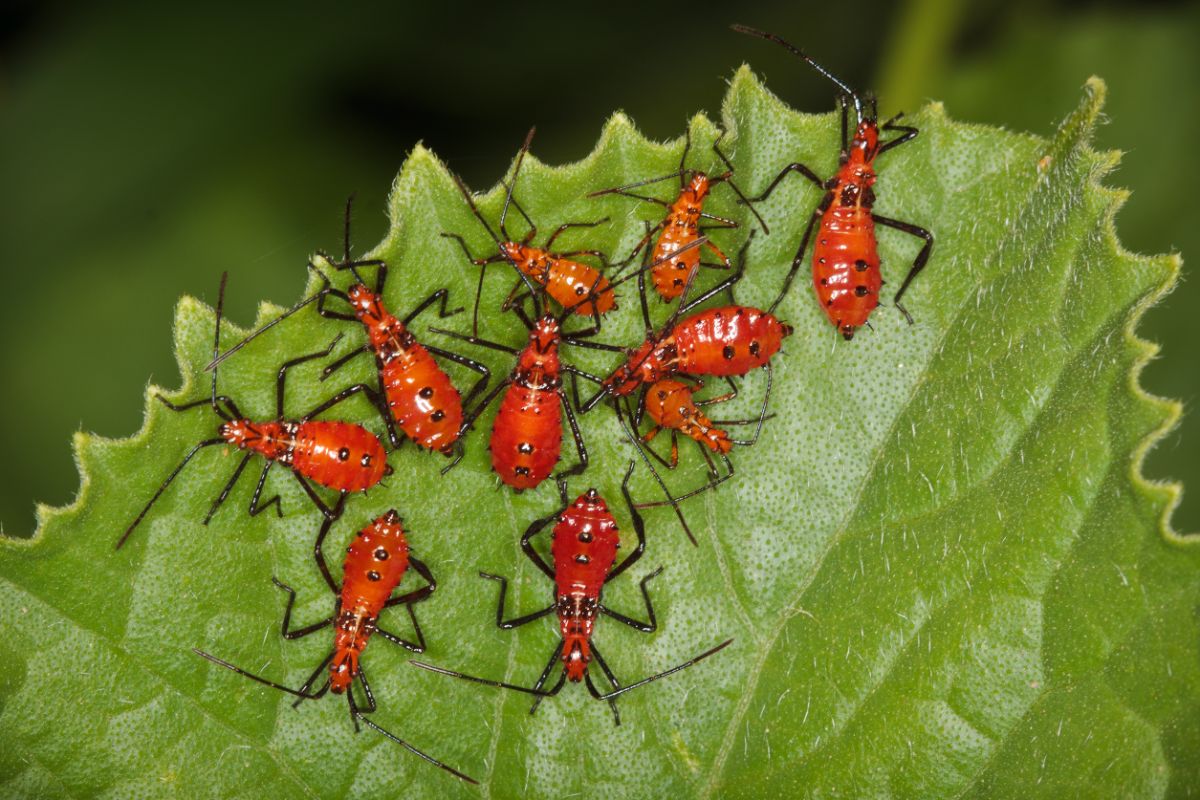
Both assassin bugs and leaf-footed bugs have brightly colored nymphs and more drab adults; however, there are some key differences that can help you tell the two apart.
The most obvious way to differentiate these two insect species is by observing their behavior. Assassin bugs are solitary predators and usually hunt alone. It is rare to see two assassin bugs hanging out on a single leaf. Leaf-footed bugs, however, very often cluster in groups while feeding, especially as nymphs. So, if you see a bunch of these insects in a group, you’re dealing with leaf-footed bugs.
Leaf-footed bugs eat plants and assassin bugs eat insects, it’s as simple as that. If you see a suspicious looking bug munching on your okra plants, you know you’re dealing with a leaf-footed foe.
Besides behavior, the leaf-shaped protuberance on the hind legs of leaf-footed bugs is a dead giveaway. Assassin bugs have consistently slender legs.
This is a bit less clear, but it can help with identification. As nymphs, many leaf-footed bugs have two black dots on their backs, although not every nymph has this marking. Assassin bugs often don’t have these dots at all, or sometimes they have three or more dots.
Damage from leaf-footed bugs
As far as garden pests go, leaf-footed bugs aren’t the absolute worse nemesis to deal with, but they can cause a fair amount of damage.
Feeding on plant sap and juices, leaf-footed bugs use their long proboscises to pierce tender leaves and fruits and inject their saliva. This action causes unsightly damage to leaves and ornamentals, but it can also transmit fungal spores that can weaken and infect plants. Additionally, when these bugs inject their saliva into developing fruits, it often causes fruit to stop growing and eventually drop off the plant.
If you’re experiencing a small infestation, damage from these insects can be quite minimal and might not be something you need to worry about. But as that infestation grows, leaf-footed bugs can have a devastating effect on your garden and fruit trees.
What plants do they target?

There are different species of leaf-footed bugs, each of which feeds on different plants. However, across the board, plants that leaf-footed bugs tend to effect include:
- Nightshades, like tomatoes and eggplants.
- Cucurbits, like cucumbers, squash, melons and pumpkins.
- Black-eyed peas
- Okra
- Hibiscus
- Pomegranates
- Apple trees
- Citrus trees
- Nut trees
- Berries
How to control leaf-footed bugs organically?
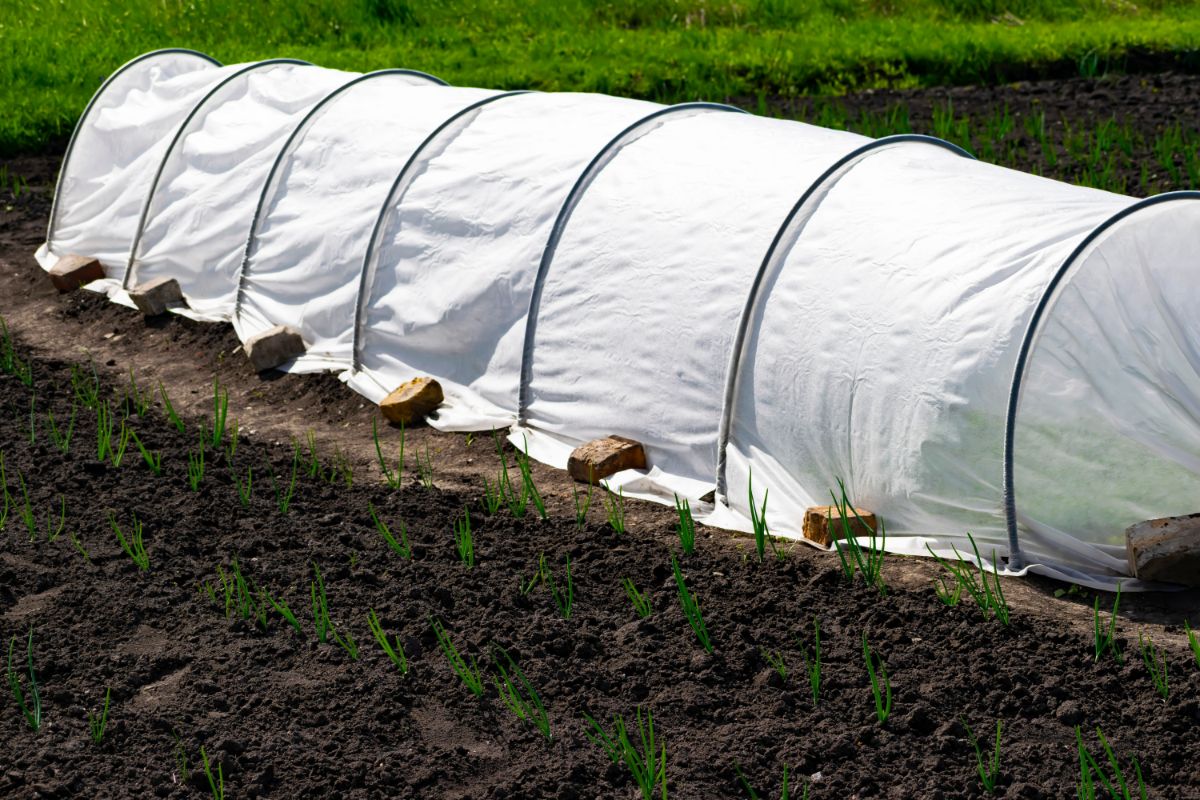
In the organic garden, there are plenty of ways to handle pests all-naturally and that holds true for leaf-footed bugs too.
Handpicking
Because they are quite large insects, handpicking them off your plants is often the easiest and quickest way to rid your garden of these pests. Using garden gloves, simply pluck them off your plants and crush them or drop them into a bucket of soapy water. If you choose to go this route, you’ll need to be diligent about it and check your plants every few days. It can be helpful to go “hunting” early in the morning or late in the evening when insects are less active and easier to catch.
While handpicking, it’s a good time to look for eggs too. Be sure to check along plant stems and on the underside of leaves and crush any eggs you find. For easier cleanup, you can make a loop of duct tape over your fingers and simply collect eggs with the adhesive side.
Neem oil
Neem oil is a super effective, all-natural insecticide that is made from the oil extracted from the seeds of the neem tree. As a general pesticide, it can kill any insect it comes in contact with, so you’ll want to be careful and not spray it anywhere that pollinators may encounter it. For this reason, neem should never be applied to plants in flower.
You can purchase pre-made neem oil sprays, or you can whip up your own concoction by adding a small squirt of Castile or Dawn dish soap and a couple tablespoons of neem oil to a gallon of water and mix well. Apply the spray only in the evening to prevent any sun scorching to plant leaves.
While neem oil works well on most insect species, it’s more effective on soft-bodied nymphs and may not be as good at controlling adult leaf-footed bugs. For this reason, you may want to combine it with another pest control method, like handpicking.
Insecticidal soap sprays
Similar to neem oil, organic insecticidal soap sprays work well on leaf-footed bugs, particularly nymphs. That said, these are generalized insecticides too, so they should be used with caution around pollinators and other helpful insects.
Beneficial insects
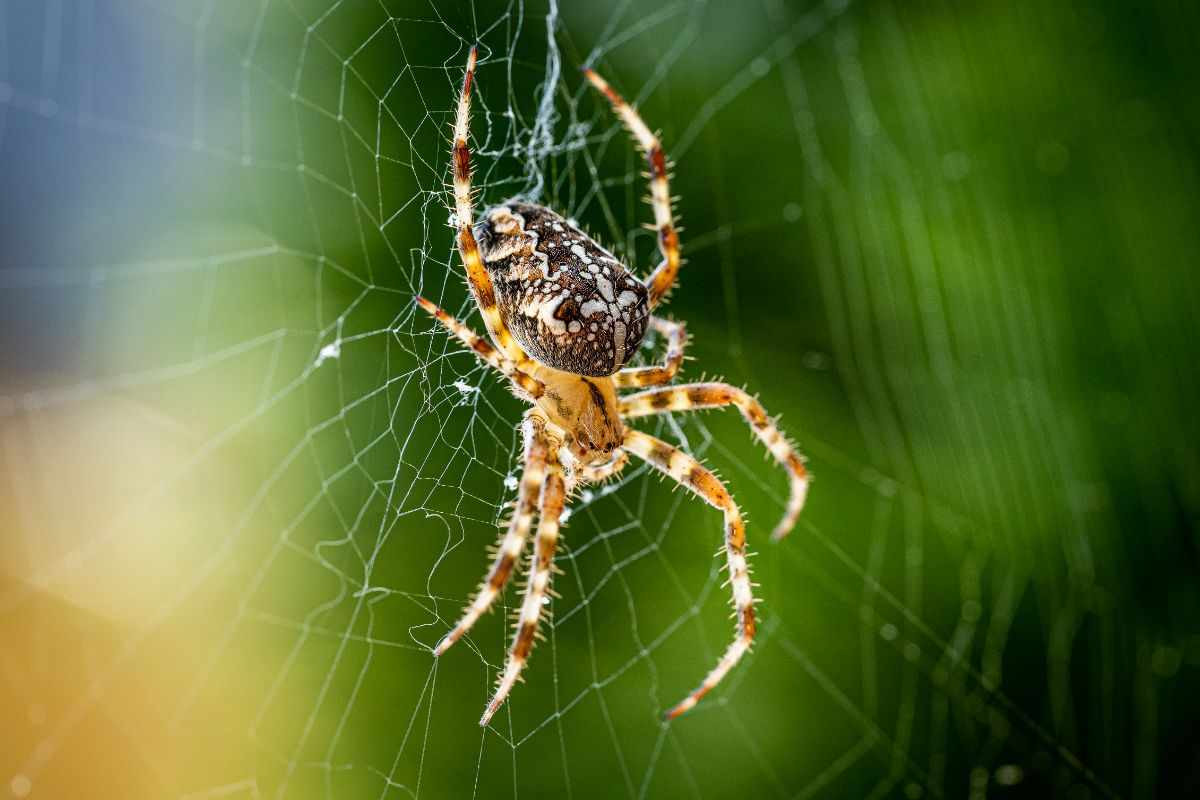
At various points of their life cycle, leaf-footed bugs make tasty morsels for predatory insects. To use this to your advantage, try ordering and releasing assassin bugs into your garden and they’ll happily take care of your pest problem for you.
Alternatively, simply let nature do the work by allowing spiders to take up residence in your garden or by planting certain plants that will lure in beneficial insects, like tachinid flies, that feed on leaf-footed bugs.
For companion planting ideas, try any member of the umbellifer family, and allow plants to go to flower to increase their effectiveness. Good plants to try include:
- Carrots
- Dill
- Feverfew
- Chamomile
- Sweet clover
- Queen Anne’s lace
- Fennel
- Parsley
- Aster
Draw in some birds
Birds love to munch on tasty insects and leaf-footed bugs are no exception. To lure in some feathered friends for natural pest control, try hanging up bird feeders and bird houses and add a bird bath or two. Birds like robins, blue jays and cardinals won’t be far behind!
Diatomaceous earth
Diatomaceous earth (DE) is a fine, white powder made out of the fossilized remains of tiny marine organisms, known as diatoms. When sprinkled on plants, those fossilized diatoms act as a defensive barrier, slicing the exoskeletons and desiccating any pests that crawl across it.
To apply, simply sprinkle diatomaceous earth around infested plants. Just be sure not to dust any plants in bloom as DE will harm pollinators if they come in contact with it. Diatomaceous earth only works when dry, so you’ll need to reapply it after heavy rain or if your area has been experiencing high humidity. It’s also good practice to wear a mask when applying DE as it can cause irritation to the respiratory tract.
Floating row covers
Floating row covers are thin, permeable fabrics that are draped over garden beds or installed over hoops and stakes to keep pests off valuable crops. Sheer enough to allow sunlight and rain to penetrate, covers are thick enough to keep pests off your plants. Super useful against leaf-footed bugs, floating row covers keep lots of other pests away too, such as cabbage loopers and cucumber beetles.
For maximum effectiveness, floating row covers should be installed at the beginning of spring, before pests emerge, and left on as long as possible. You can leave floating row covers on plants, like lettuce, that don’t need to be pollinated; however, covers should be removed a few hours a day to allow pollinators to do their work if you’re growing fruiting plants, like tomatoes and melons.
Good garden maintenance
When it comes to controlling leaf-footed bugs, or any garden pests for that matter, there is no substitute for good, old-fashioned garden maintenance. Keeping your garden clean and removing infected plant material are excellent ways to help keep pests from last year’s garden from infesting your spring plantings.
In autumn, clean up your garden beds and carefully weed your backyard, destroying any diseased or infested plant matter by burning, hot composting or simply bagging it and throwing it in the trash.
When spring comes along, be sure to rotate your crops and install floating row covers early to get ahead of pests as they begin emerging from winter hibernation.
Conclusion
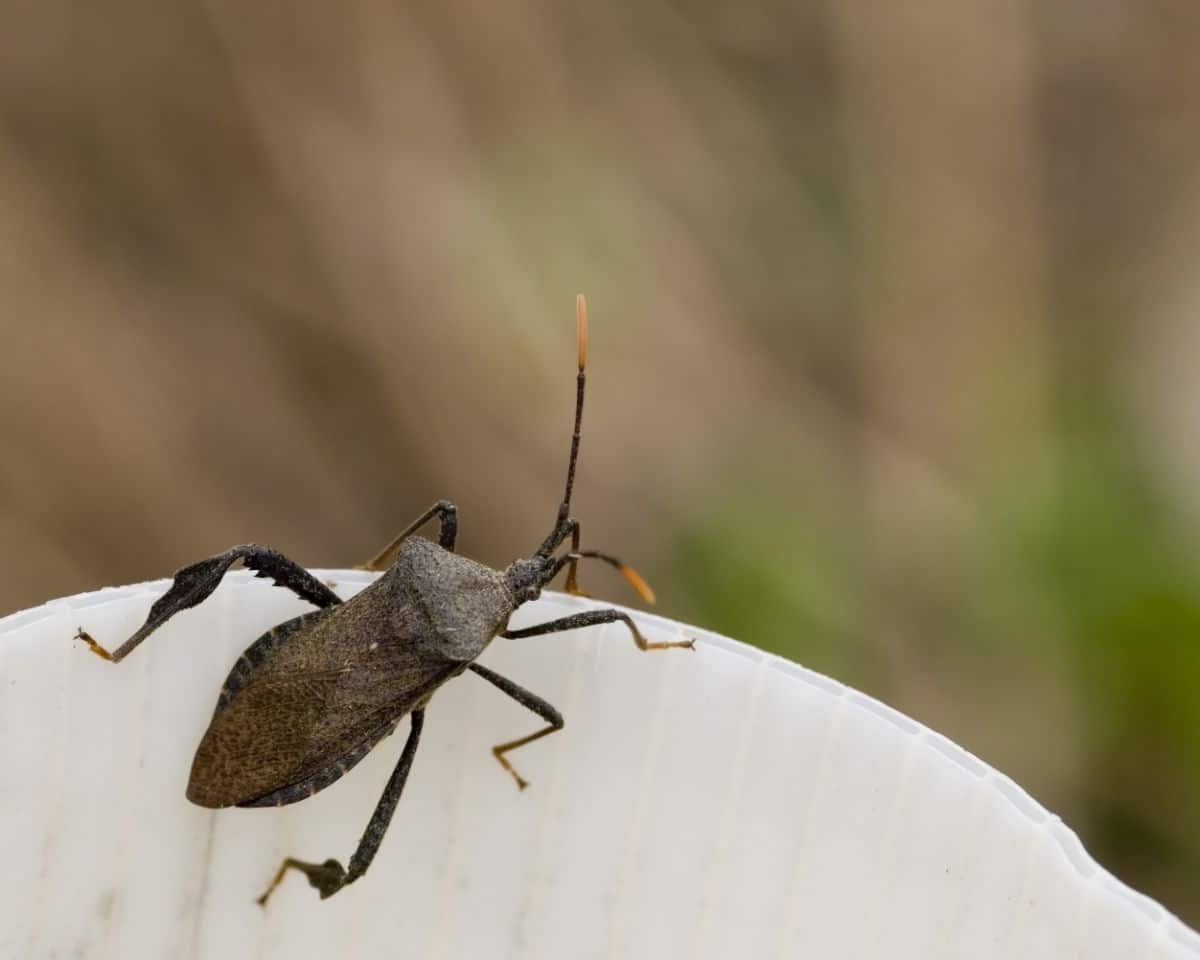
It can be frustrating when pests attack your garden, but there is no reason to despair. Good garden maintenance, a careful eye and a few good, organic products are all you need to keep pests, like leaf-footed bugs, in line. So, plant some feverfew, pull out your floating row covers and start gardening. Leaf-footed insects, or any other pests, may come and go, but we’ll keep tending our gardens anyway!
References:
- “How to Identify and Control Leaf Footed Bugs.” Okra in My Garden. 16 June 2022. 2021.

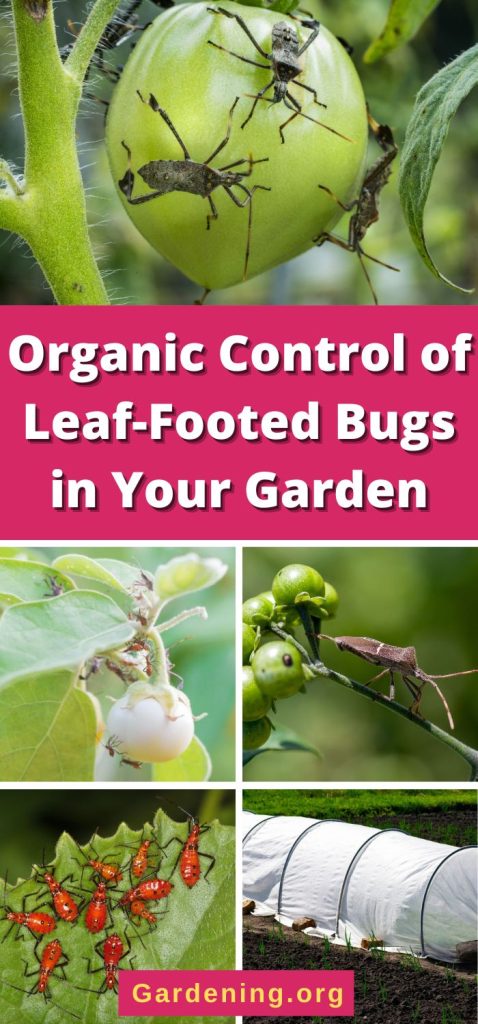

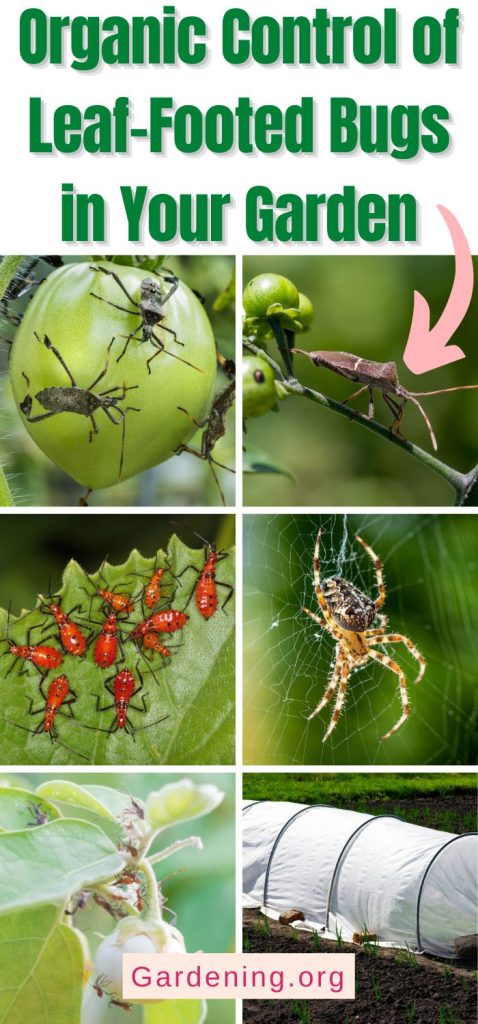
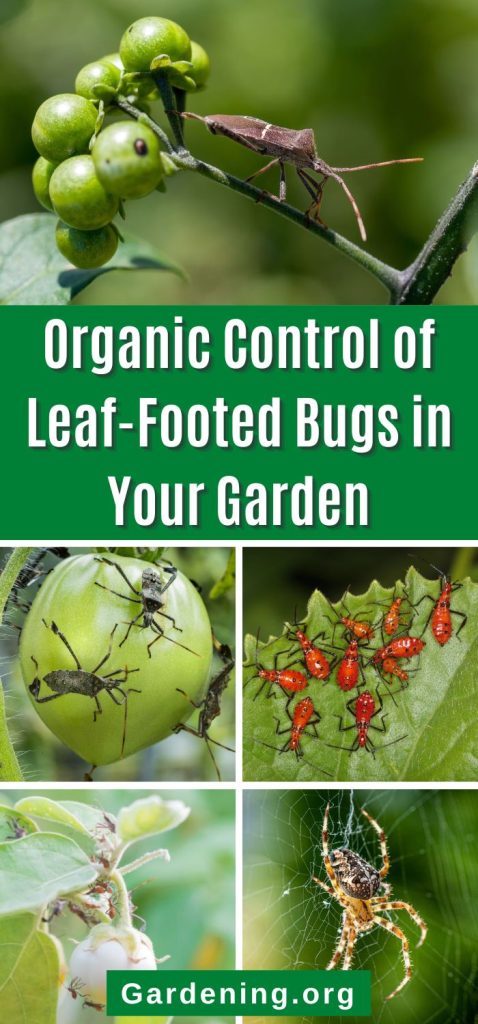

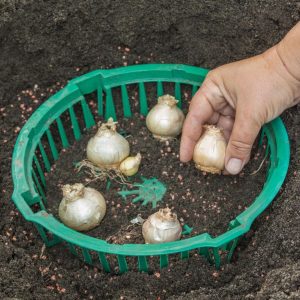
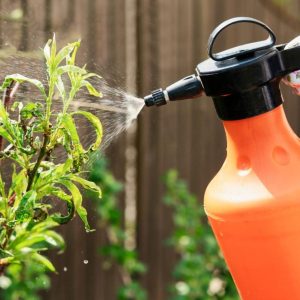
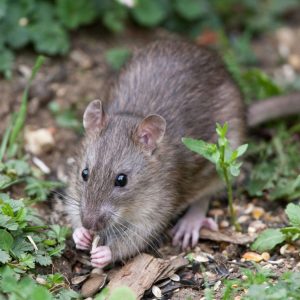
Byron Nichols
I have been vacuuming leaf footed insects off my tomatoes. Easy to catch the nymphs, but my adult bugs are too fast and sometimes too strong to get sucked up. Hand catching and squashing doesn’t get it. I’m going to try a water pistol with neem - orange oil - honey to slow them down - or some concoction. Hope others will do the same and share results. Maybe we can bring some Anne Oakley fun to gardening!